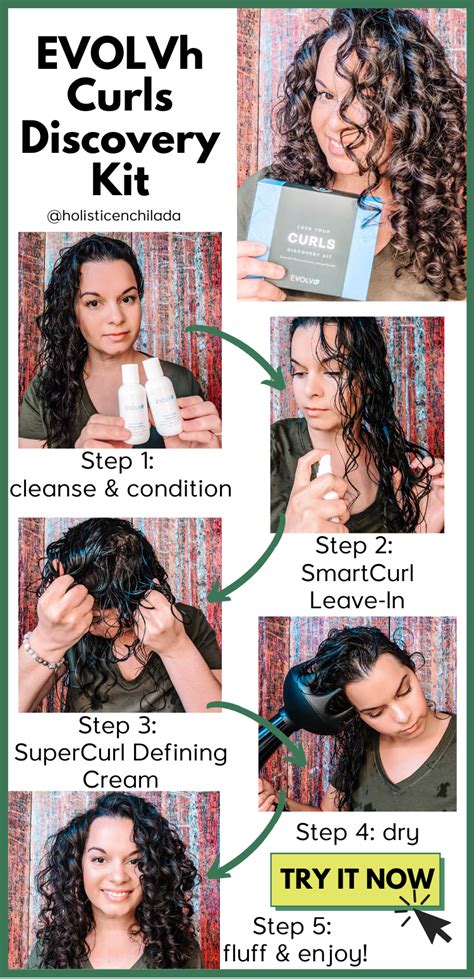Definition of Curly Human Hair
Curly human hair is a type III hair texture characterized by its natural curls and waves. It is typically drier and more fragile than other hair types, requiring special care to maintain its health and beauty.

Global Demand for Curly Human Hair
The global market for curly human hair is estimated to reach $2.5 billion by 2025, driven by increasing demand from the beauty industry and consumers seeking natural hair extensions and wigs.
Types of Curly Human Hair
There are three main types of curly human hair:
- Type 3A: Loose, beachy waves
- Type 3B: Defined, springy curls
- Type 3C: Tight, corkscrew curls
Benefits of Curly Human Hair
- Versatility: Suitable for a wide range of hairstyles and textures
- Natural appearance: Blends seamlessly with natural hair
- Durability: Long-lasting extensions and wigs
- Versatile styling: Can be styled with heat or chemical treatments
Challenges of Curly Human Hair
- Dryness: Prone to dryness and breakage
- Tangling: Can easily get tangled and matted
- Maintenance: Requires regular conditioning and moisturizing treatments
Tips for Maintaining Curly Human Hair
- Use sulfate-free shampoos: Harsh detergents can strip hair of its natural oils.
- Condition regularly: Apply a leave-in conditioner or hair mask to hydrate and detangle hair.
- Avoid heat styling: Excessive heat can damage curly hair.
- Use Wide-Toothed Combs: These combs gently detangle hair without breaking it.
- Trim Regularly: Get regular trims to remove split ends and maintain healthy hair growth.
Ethical Considerations in the Curly Human Hair Industry
- Source of hair: Ensure hair is ethically sourced from willing donors.
- Quality standards: Maintain high-quality standards to minimize hair damage and ensure customer satisfaction.
- Cultural appreciation: Respect the cultural significance of curly hair and promote diversity in the beauty industry.
Future of Curly Human Hair
3D Printing of Human Hair: This innovative technology offers the potential to create customized hair textures and lengths.
Key Insights from Research
- A recent study by the American Academy of Dermatology found that curly hair is more prone to breakage than straight hair.
- The International Hair Extension Association reports that curly human hair extensions account for over 50% of the global hair extension market.
- According to the National Hairdresser’s Association, curly hair requires more frequent conditioning treatments than other hair types.
Tables
Table 1: Hair Type Comparison
| Type | Description |
|---|---|
| 3A | Loose, beachy waves |
| 3B | Defined, springy curls |
| 3C | Tight, corkscrew curls |
Table 2: Benefits of Curly Human Hair
| Benefit | Description |
|---|---|
| Versatility | Suitable for a wide range of hairstyles |
| Natural appearance | Blends seamlessly with natural hair |
| Durability | Long-lasting extensions and wigs |
| Versatile styling | Can be styled with heat or chemical treatments |
Table 3: Challenges of Curly Human Hair
| Challenge | Description |
|---|---|
| Dryness | Prone to dryness and breakage |
| Tangling | Can easily get tangled and matted |
| Maintenance | Requires regular conditioning and moisturizing treatments |
Table 4: Ethical Considerations in the Curly Human Hair Industry
| Consideration | Description |
|---|---|
| Source of hair | Ensure hair is ethically sourced from willing donors |
| Quality standards | Maintain high-quality standards to minimize hair damage and ensure customer satisfaction |
| Cultural appreciation | Respect the cultural significance of curly hair and promote diversity in the beauty industry |
